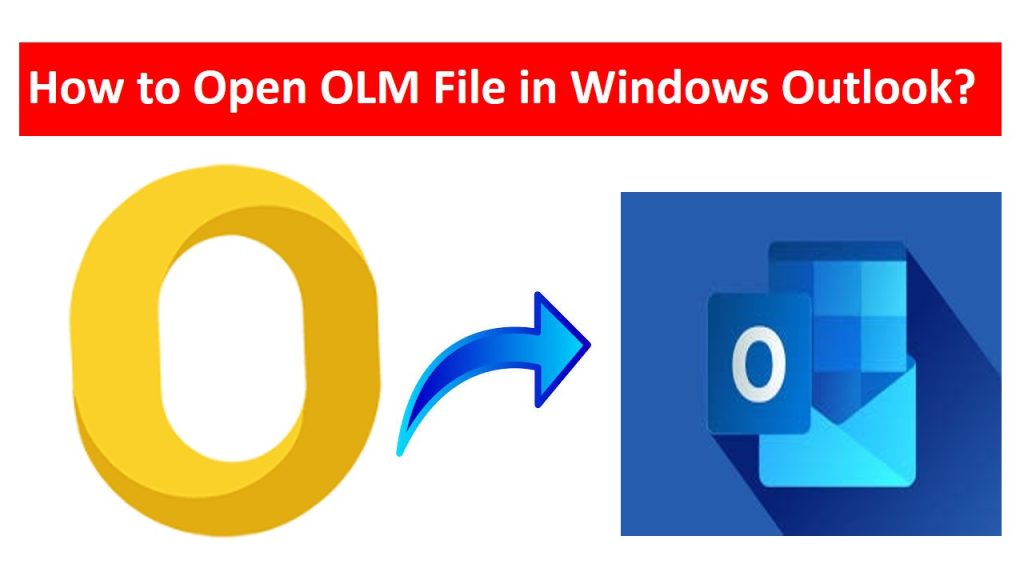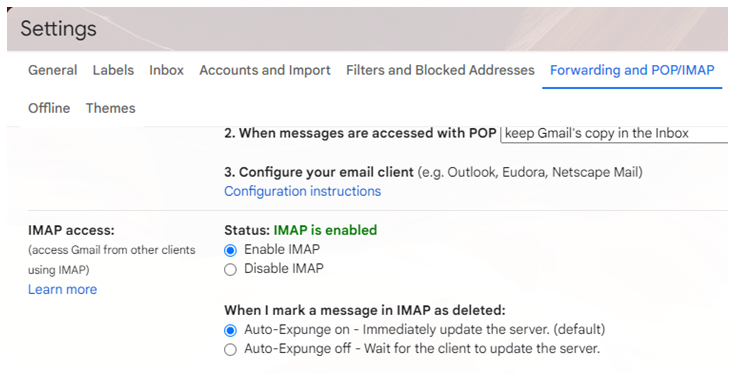
Microsoft Outlook is used as an email client for both Mac and Windows operating systems. Since both platforms work differently, they save mailbox data in different file formats.
Difference Between OLM and PST File
Microsoft Outlook for Exchange Server, Outlook for Windows, Outlook 365, and Microsoft 365 support the PST or OST file format. On the contrary, Outlook for Mac supports only OLM files. One of the major differences between PST and OLM files is the way of storing the Outlook data files. While OLM files are stored locally in the Mac operating system and are not synced to any server, PST files can be saved locally and can be accessed easily at any time.
Why do OLM Files need to be Imported to Windows Outlook?
The primary reason for importing Mac Outlook data files to Windows Outlook is that PST files allow you to save Outlook data locally and sync well to the server for seamless access. Here are some key reasons to convertOLM to PST:
- PST files are a safer alternative to storing sensitive data like emails, contacts, calendars, and events.
- Sharing OLM files is complicated, whereas PST file sharing is comparatively easy.
- Unlike OLM files, PST files are more compatible with most email clients as it is more user-friendly and easier to use for email data transfer.
There are many other reasons to import OLM files to Windows Outlook but you can experience many serious issues while accessing the mailbox data, such as emails, contacts, calendars, tasks, notes, etc. Considering these issues, we will show you different ways to import Outlook OLM files to Outlook.
Manual Approach to Import OLM Files to Windows Outlook
As there is no direct way to import OLM to Windows Outlook, below is the manual workaround using the IMAP server. This server acts as an intermediary between Mac and Windows. It helps in receiving the files between different clients by following the below-mentioned steps.
Step 1: Create an IMAP-compliant email account
- Choose Gmail for an easy understanding of the email account and ensure that IMAP is enabled for the user account.
- Click on Settings and Enable IMAP in the Forwarding & POP/IMAP tab. Click Save.

Note: An old Gmail account can also be used for this purpose.
Step 2: Configure IMAP Account in Mac Outlook
- Open Outlook for Mac, click Tools and select the Accounts tab.
- Press + Sign to add a new account and provide a new Gmail address.
- Provide account descriptionand account password, and then click Add Account.
- When the new window opens, click on the Continue tab.
- Click the message with theSign in to Google button. It will prompt you to open Gmail on your Outlook for Mac.
- Enter imap.gmail.com as the incoming server
- Select Use SSL connect and enter smtp.gmail.com as an outgoing server.
- Click on 465 in the Outgoing port option and select Add account.
- Enter the password in the left pane. When the correct password is entered, the yellow button will turn green and confirms the connection process.
Step 3: Import OLM Files to Windows Outlook
- Import OLM files into the IMAP account configured in the previous step.
- Select the folder you wish to transfer from OLM to Windows Outlook and select the Copy option.
- Select the Gmail folder where the data transfer needs to be done.
- Refresh your Gmail account once all the files are uploaded.
Step 4: Configure Gmail Account to Windows Outlook
- Access Outlook and open theFile menu.
- Click Account Settings and click on theNew tab in the same window.
- Check the option Manually Setup or the additional server type box.
- Provide the login credentials and select IMAP as theAccount Type.
- Incoming server is to be entered as imap.gmail.com and the outgoing server as smtp.gmail.com
- Click on theMore Settings option.
- Select My outgoing server requires authentication under the Outgoing server option.
- Under theAdvance tab, provide the incoming service port value as 993 and the encryption type as SSL.
- Provide the port number as 465 in the Outgoing server port tab and click OK.
- Select the option test account settings and click theFinish tab.
- Since the email account is configured successfully now, all the OLM data can be transferred to the Windows Outlook mailbox.
Drawbacks of the Manual Approach
- Tedious process and requires a lot of time and effort to execute the lengthy steps.
- The process is highly technical and requires technical experts to implement the manual steps.
- Require individual systems for Windows and Mac to import OLM files to Windows Outlook.
- Since the method involves a lot of steps, skipping a single method can lead to the failure of processes, corruption, or permanent data loss.
- High risk of data integrity and security.
- The manual method is not compatible to import OLM files to PST.
To save you from all these hassles, data loss and stress, an automated OLM converter is the one-stop solution.
Professional Approach to Import OLM Files to Windows Outlook
As the manual method is not competent to import OLM files to Windows Outlook, a professional solution like Stellar Converter for OLM is a reliable solution to convert OLM mailbox to Windows PST. This tool supports quick conversion of Mac OLM data, including emails, calendars, notes, contacts, tasks, etc. to Windows Outlook. Also users can convert Mac OLM file to Office 365 directly. It is safe, easy to use, and guarantees success. The best part of this tool is that it does not require any technical knowledge or skills. The simple GUI of the application can be followed without any technical expertise.Stellar Converter for OLM allows you to create a PST file from an OLM file without any hasslesand supports MS Outlook 2019,2016,2013,2010, 2007, and 2003.
Conclusion
Most users are migrating from Mac to Windows environment for using Outlook. If you are also willing to work with Windows Outlook to enhance the security and accessibility of your Outlook data, it is always recommended to choose a reliable converter tool like the Stellar Converter for OLM. While the manual approach to import OLM files to Outlook is a tedious task, the automated converter solution can be a smart and safe alternative.




